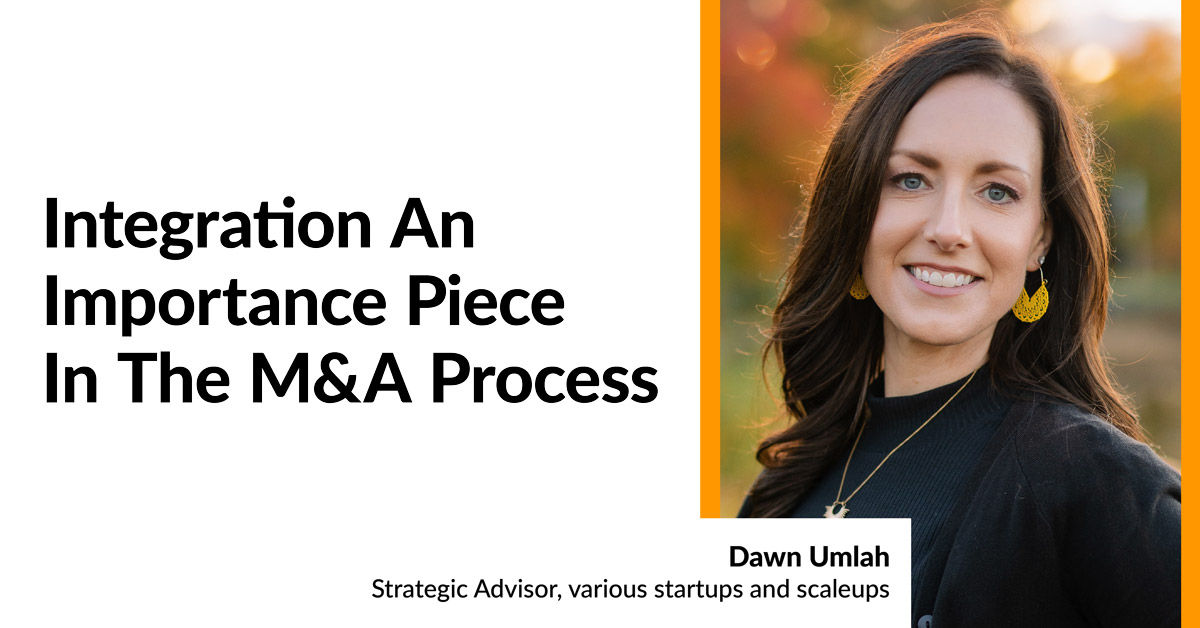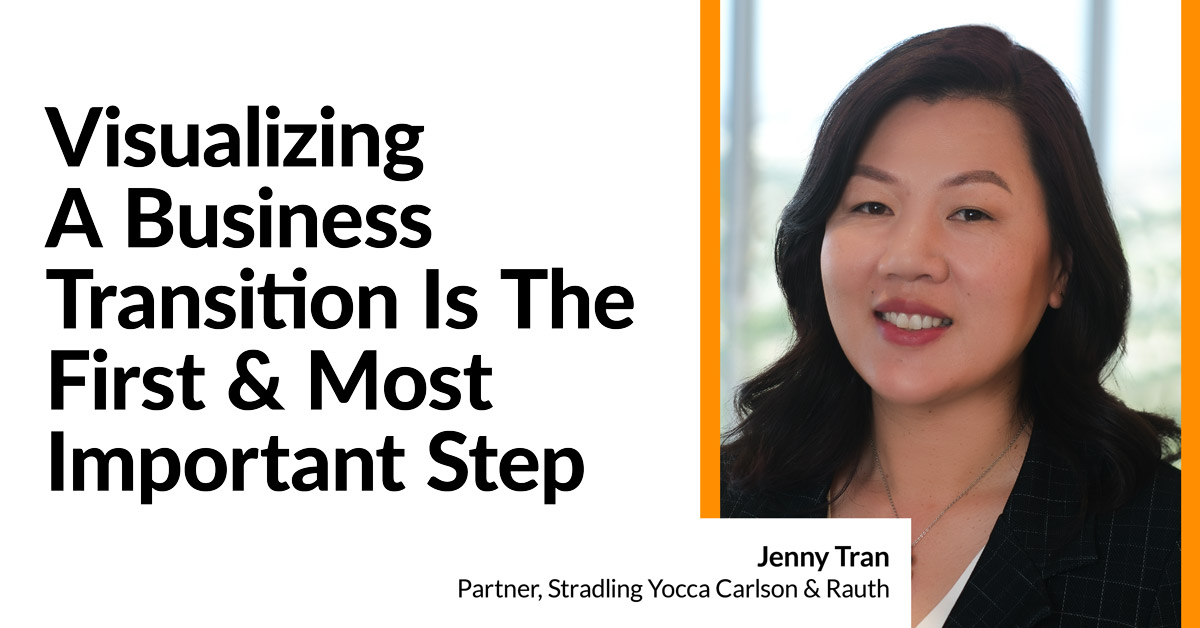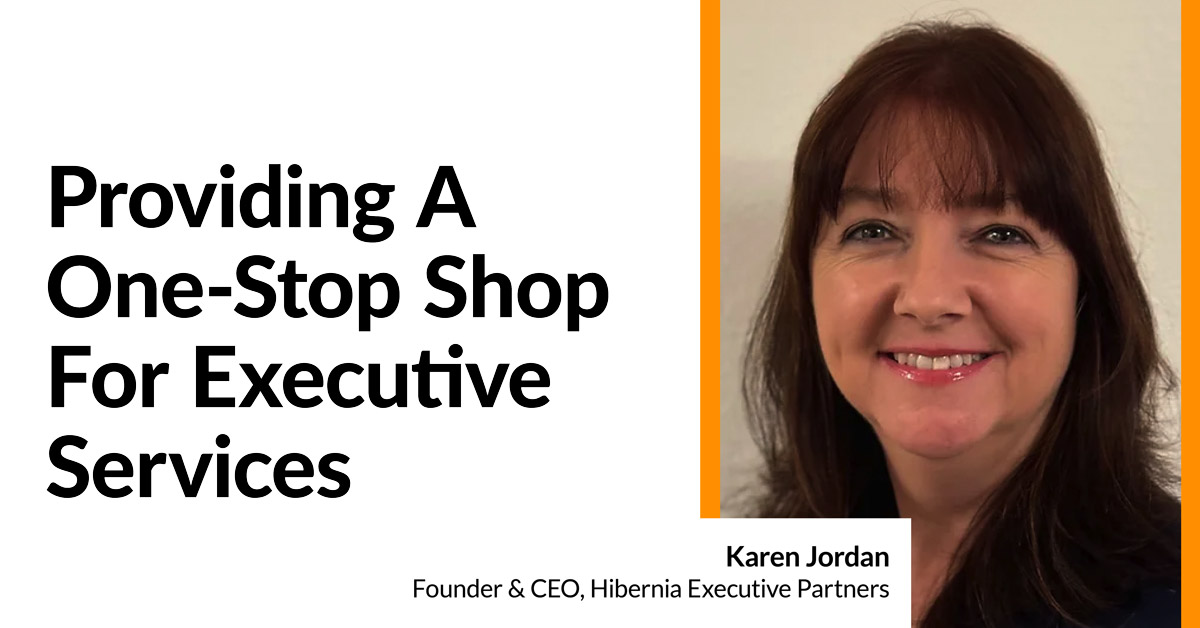Integration An Importance Piece In The M&A Process
Mario Toneguzzi

Dawn Umlah, a Strategic Advisor to various startups and scaleups, loves to build, grow and scale high performance companies and teams.
She has extensive executive level experience leading and investing in venture-backed software and hardware companies across many industries.
In this interview, Umlah:
- Discusses how companies can outgrow their founders;
- The importance of integration in an M&A; and
- Why communicating and focusing on people is important.
Enjoy,
Mark
Dawn Umlah, a Strategic Advisor to various startups and scaleups, loves to build, grow and scale high performance companies and teams.
She has extensive executive level experience leading and investing in venture-backed software and hardware companies across many industries.
“I lead owners and investors through significant inflection points in their businesses typically around growth, turnaround and exit,” says Umlah.
Umlah has played key roles in a significant number of corporate development transactions including IPOs, acquisitions, and fundraising activities aggregating more than $625 million. She has been a key player in growth by acquisition strategies with several companies that have included over eight M&A purchase transactions and most recently as CEO, she led npm, Inc. to a sale to GitHub. She currently advises high growth technology startups and scaleups and is working to bring her passion and experience to climate tech.
Umlah, who is based in Halifax, participated in this year’s Atlantic Business Transitions Forum, speaking about growth by acquisition.
Business Transition Forums for the rest of this year are October 12 in Winnipeg and November 23 in Vancouver.
“For me, I’m really a company or a team builder and I tend to be highly involved in growth and change,” says Umlah. “Usually when an owner or an investor when they come across a significant inflection point in the businesses they’re either invested in or own then they usually get me involved and that’s usually around growth or exit.”
Umlah says growth for a company depends on the industry they’re in and the growth stage they’re at.
“Oftentimes, you’ll see a typical pattern that happens within predominantly tech startups in the past decade and a half and they hit typical patterns or typical growth inhibitors and so oftentimes they just need to know that it’s normal and to overcome them and for some it could be the growth and the velocity that’s required of the company the team is no longer the team that’s the team to deliver on that,” she says.
“The company sometimes can outgrow the founder and or the team that’s there or they need to bring in people that understand that next phase of growth to be able to get to growth that it is they need.
“That could be changing up their markets, maybe they’re approaching the wrong customers, they’re not talking to them appropriately. It could be just team based. It just isn’t the team that can do that. It could be they actually don’t have product market fit. They had a few early interested customers but they haven’t really figured out what that scalable solution through the customer base is. It could be any number of factors or they’re just in a stale slow market.”
For company’s looking to sell, having a great business is critical to potential investors and buyers. They need to know how to communicate their business.
“You have to do a lot of work . . . They need to be showing exactly what it is that they’re buying, and why it’s important, and why it should be their business . . . You have to create a story for them. They may not be able to see implicitly within your organization how it can fit into their organization, the value that you can bring next year, in five years, in 10 years,” says Umlah.
“And so a lot of the effort is to do that. To create that story and to inherently know how your company, being their company is going to make theirs better.”
She says a really successful M&A on both sides is really all about the people and really understanding the buyer and the seller in that process. Why are they selling? Why are they buying? What’s important to them? What does success look like to them? What really motivates them?
“Also having that integration piece. I think that’s a lot that’s missed in successful M&A transactions that’s not taken care of properly,” she says. “If you know as the seller you can help to inform what would be good practice in the integration and being willing to stick around to help with the post acquisition integration if they want you to and it makes sense, then that goes a long way for an acquirer.
“On the other side too, if you’re the buyer you have to have somebody, you need an owner for that integration piece and you need to be starting to plan for that long before you sign a deal or trying to do that.”
She says the deal making part of a transaction is “sexy” but integration is a slog. It’s like due diligence.
“But I think that’s actually the most important and really focusing on people. It’s a lot more than just closing the deal. It’s what are you going to do with everybody afterwards. And I think a lot of fault is in not communicating sufficiently. So people actually don’t know what’s coming, why it was done, how long are the former business owners sticking around, what is their new role, who do they talk to.”
(Mario Toneguzzi is a veteran of the media industry for more than 40 years and named in 2021 a Top Ten Business Journalist in the world and only Canadian)
BACK










